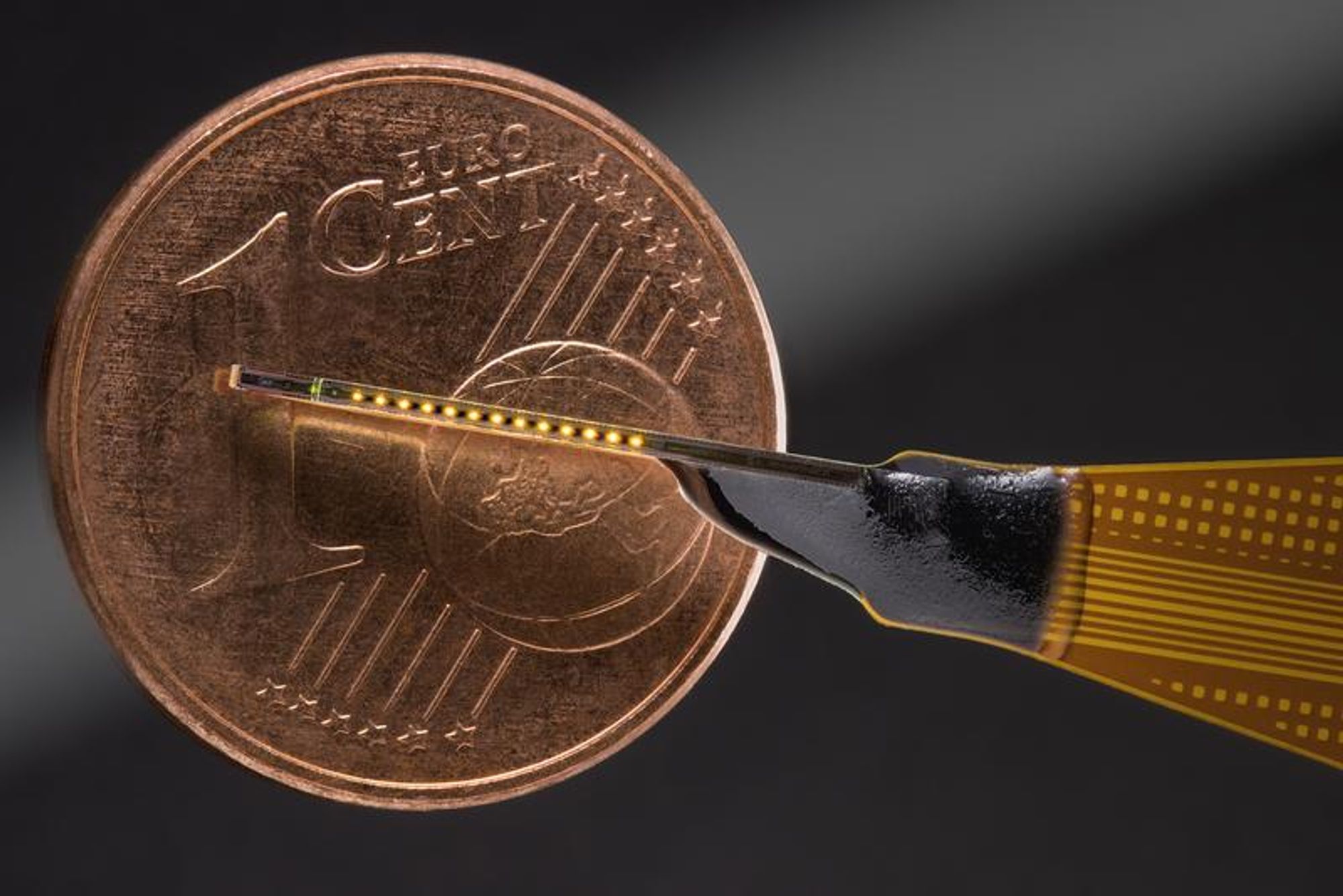Gabriel Loewinger, Alexander W. Levis, Francisco Pereira Nonparametric causal inference for optogenetics: sequential excursion effects for dynamic regimes https://arxiv.org/abs/2405.18597
Rapid and reversible regulation of cell cycle progression in budding yeast using optogenetics www.biorxiv.org/content/10.1101/2024.09.21.614242v1

The regulatory complexity of the eukaryotic cell cycle poses technical challenges in experiment desi
Patterned wireless transcranial optogenetics generates artificial perception www.biorxiv.org/content/10.1101/2024.09.20.613966v1

Synthesizing perceivable artificial neural inputs independent of typical sensory channels remains a
Patterned wireless transcranial optogenetics generates artificial perception www.biorxiv.org/content/10.1101/2024.09.20.613966v1

Synthesizing perceivable artificial neural inputs independent of typical sensory channels remains a
Optogenetic OLED-on-CMOS Stimulators for Neurosensory Therapies Researchers from the Fraunhofer Institute for Photonic Microsystems IPMS and the Max Planck Institute for Multidisciplinary Natural Sciences (MPI-NAT) have researched optical stimul... weiterlesen

American scientists have demonstrated the possibility of deep control of animal brain cells using optogenetics without surgery. The technology involves the delivery of highly sensitive opsins by injecting viral vectors into the bloodstream ... www.nature.com/articles/s41...

Optogenetic control of neural activity in the deep brain is achieved without intracranial surgery using ChRmine.
Of course. But In his early work David Marr tried to use data on microcircuitry (Cajal) to inform his theories of the cerebellum and hippocampus. We need to get back to that and use all empirical methods (eg optogenetics, tracing, recording) to work out the mechanisms (as in drosophila).
A postdoctoral position in the Warden lab is open! Our work is on neuromodulatory circuits and their inputs and outputs, and how these circuits support behavioral decision making. If interested, please reach out!

Vivek Jayaraman’s work on bump attractors in drosophila for navigation is, to my mind, astonishing example of going from circuit mapping at EM level, all the way up to simple cognitive function, with imaging/optogenetics to show how the circuit is working functionally.
Obviously the technology for recording signals throughout the brain and interfering with them (optogenetics) has revolutionised neuroscience. And the evidence for changes in functional connectivity via oscillating waves. BUT the only way to UNDERSTAND the brain is to work on aplysia or fruitflies.